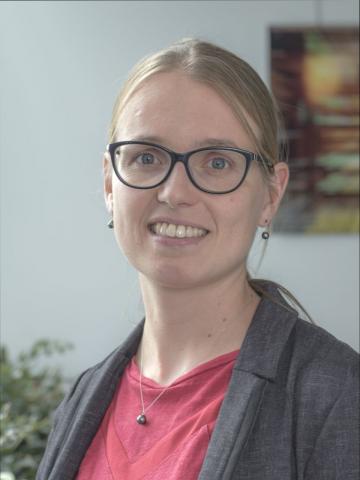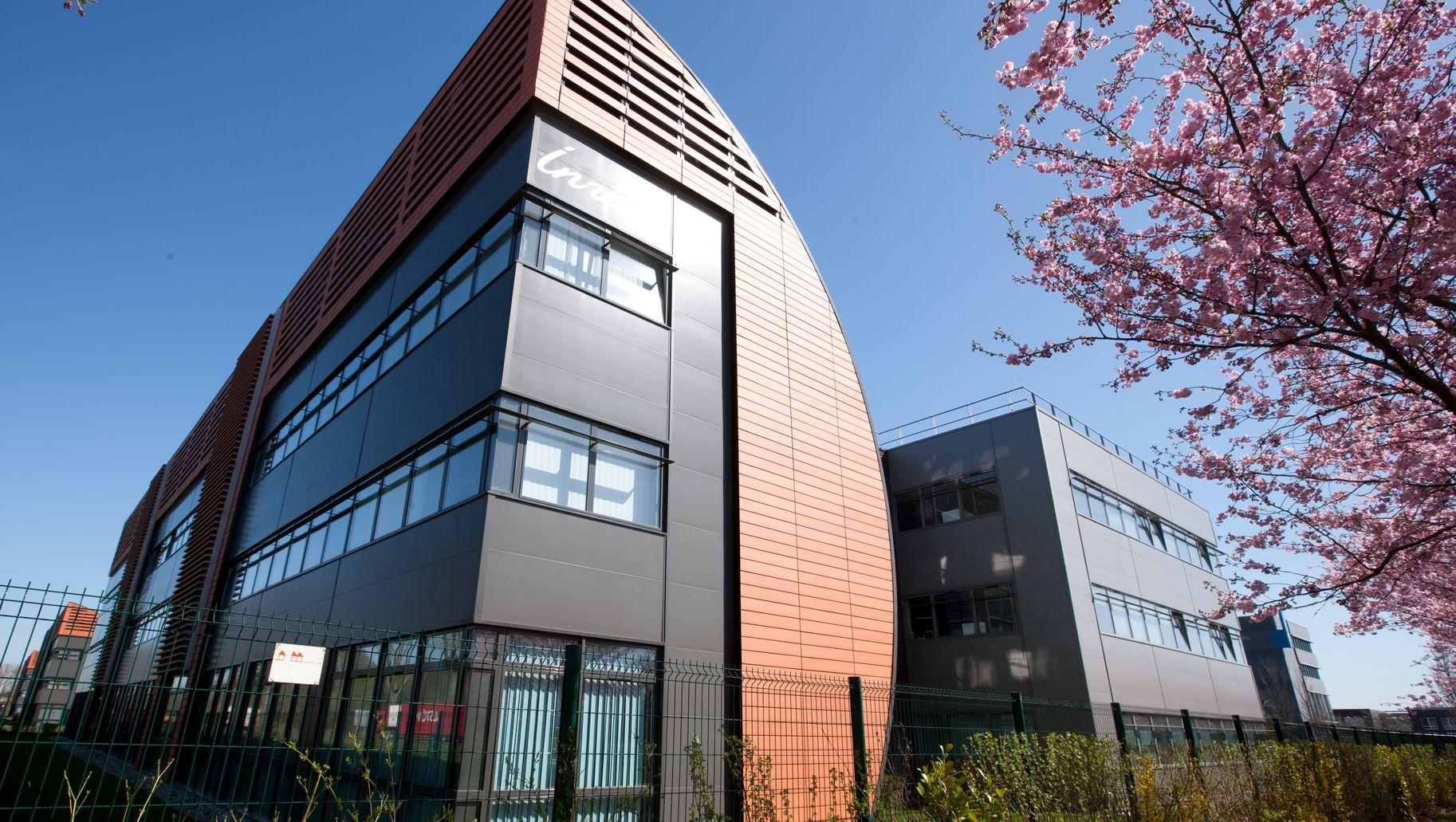You have received an ANR Young Researchers award. Can you tell us about the program?
Every year, the National Research Agency (ANR) funds research projects carried out by Young Researchers (JCJC) in all fields. In particular, in mathematics 8 projects were funded this year. This source of funding, which lasts on average 4 years, allows the project leader to acquire a certain scientific autonomy: thanks to this money, he or she will be able to develop his/her own research theme, by setting up his/her own team, by recruiting one or more students (PhD or post-docs) and by organizing scientific meetings. To be eligible, you must have defended your thesis for less than 10 years.
Which research project did you present?
My project focuses on the description, at the microscopic level, of physical phenomena that have "mobile interfaces", i. e. a separation between two media (such as liquid/solid for example) that changes over time. A concrete example: put an ice cube in water. The boundary between ice and water will change over time. This evolution is described by a mathematical equation called "Stefan's problem". On a larger scale, these equations also make it possible to describe the movements of Greenland icebergs (which is very complex, because several borders have to be considered!). What we would like to do is describe this phenomenon at the atomic level: ice and water are made up of molecules that interact according to certain physical laws. The dynamics of the system formed by all the molecules are extremely complicated, because the system is made up of a number of molecules of the order of 10^23... which is gigantic, even for a computer! We must, therefore, try to treat this problem mathematically, by combining probability theory and partial differential equation theory, and show that the microscopic description we imagine corresponds well to the phenomenon we observe at our scale.
How will you benefit from the award?
From a scientific point of view, it will enable me: first of all, to strengthen the existing collaboration with two researchers, and to initiate a new collaboration with two others! My team is multidisciplinary: it brings together two researchers in probability, two researchers in partial differential equation theory, and one researcher in theoretical physics. Through this variety of expertise, we hope to achieve new results that are of interest to a large community of scientists. Then, it will allow me to supervise, for the first time, two students, but also to be at the initiative, for the first time again, of scientific meetings in the form of a workshop. These are all new responsibilities that will certainly give me more visibility in French mathematical research.

